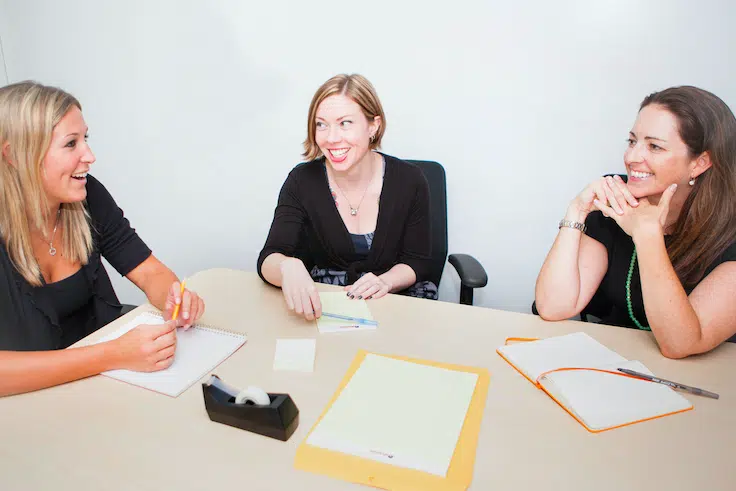The Virtue of Being an “All Ears” Fundraiser


Full Platform Overview Chat With Us



Full Platform Overview Chat With Us





“I’m all ears…” in other words, “You have my undivided attention.” Listening is one of the most important skills we have for building effective relationships, especially when we’re trying to attract supporters and donors. Relationships are also the key to achieving the mission of your organization. Bottom line — “all ears” listening is well worth the time it takes to learn.
Recently a woman from a small faith-based nonprofit called me about their capital campaign. This gave me the opportunity to practice active listening. Her organization is struggling with a stalled campaign and is only one third of the way towards their goal. Lead donors are coming in with only modest donations, not the expected amount from the projected “give range chart.” I really wanted to help, but after listening I knew this was not a good fit for our expertise. I felt they did not need coaching or advice from a consultant. Instead they needed a capital campaign manager who could work hands-on in their office. I gave her suggestions for listing the job opportunity with online resources such as AFP (Association of Fundraising Professionals). This prospective client felt heard and understood.
“All ears” listening helps me know when our mission is—and is not—a good fit with a prospective client’s philanthropic goals. Kerry Robinson writes in her book, Imagining Abundance, about meeting with a prospective donor and realizing his philanthropic goals were different from her fundraising initiative. While Robinson was raising money to build a Catholic student university center, this man was passionate about educating poor children. Kerry changed course and connected him to like minded philanthropists she knew. “Listening carefully and attentively to our prospective donor, seeing him as a subject, not an object, ministering to him, having an open pastoral heart, and encouraging him in his primary philanthropic passion was the right thing to do.” Kerry reflected. She built trust with this donor that could open other doors in the future.
Stephen Covey, author of The 7 Habits of Highly Effective People, writes, “If you want to interact effectively with people and influence them, you must first understand them. It may be common sense, but it stands in direct contrast to most people’s modus operandi, which is to be first concerned with being understood.” Too often we listen halfway—just enough to figure out our response—instead of hearing what the other person is trying to tell us. We jump in with advice or opinions based on our own experiences that may or may not be helpful.
One of my favorite prayers is the peace prayer of St. Francis. It begins, “Lord, make me an instrument of your peace” and offers a list of life improvement suggestions including, “let me not seek as much to be consoled as to console, to be understood as to understand…”
Here are five ways to cultivate “all ears” listening skills both inside your organization with staff, program and volunteers, and on the outside with supporters and donors.
Whether you are meeting with a new donor lead, planning an event with team members, collaborating with co-workers on a newsletter or calling to thank longtime supporters, pull out your best “all ears” listening skills. Everyone wins when we seek first to understand, and then to be understood.
As part of Bloomerang’s Content Donation Program, $100 was donated to Village2Village Project.

Comments